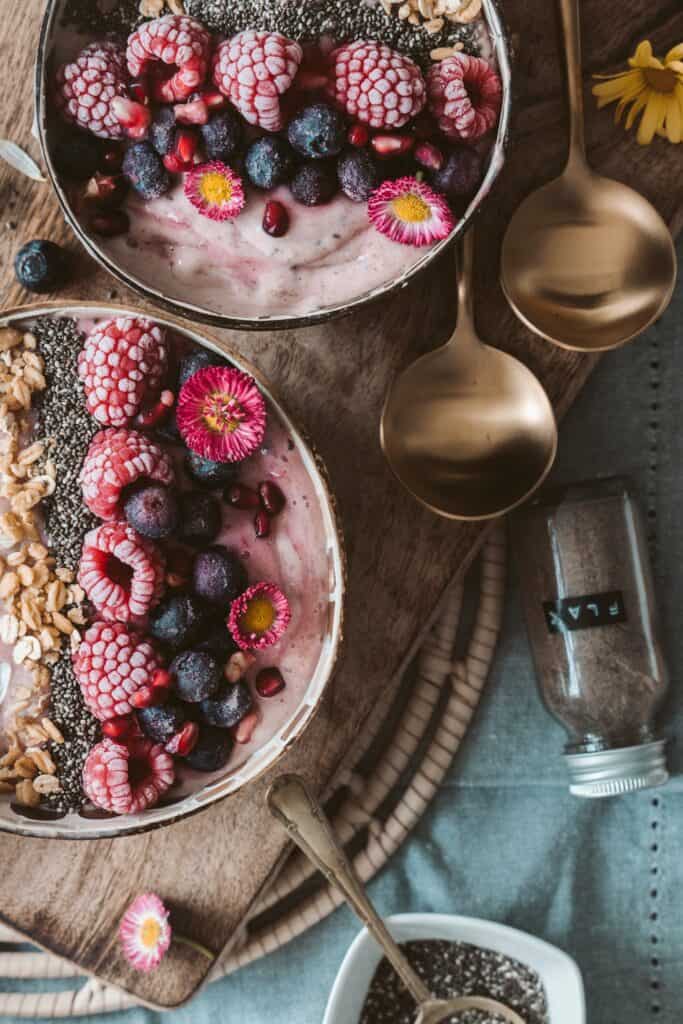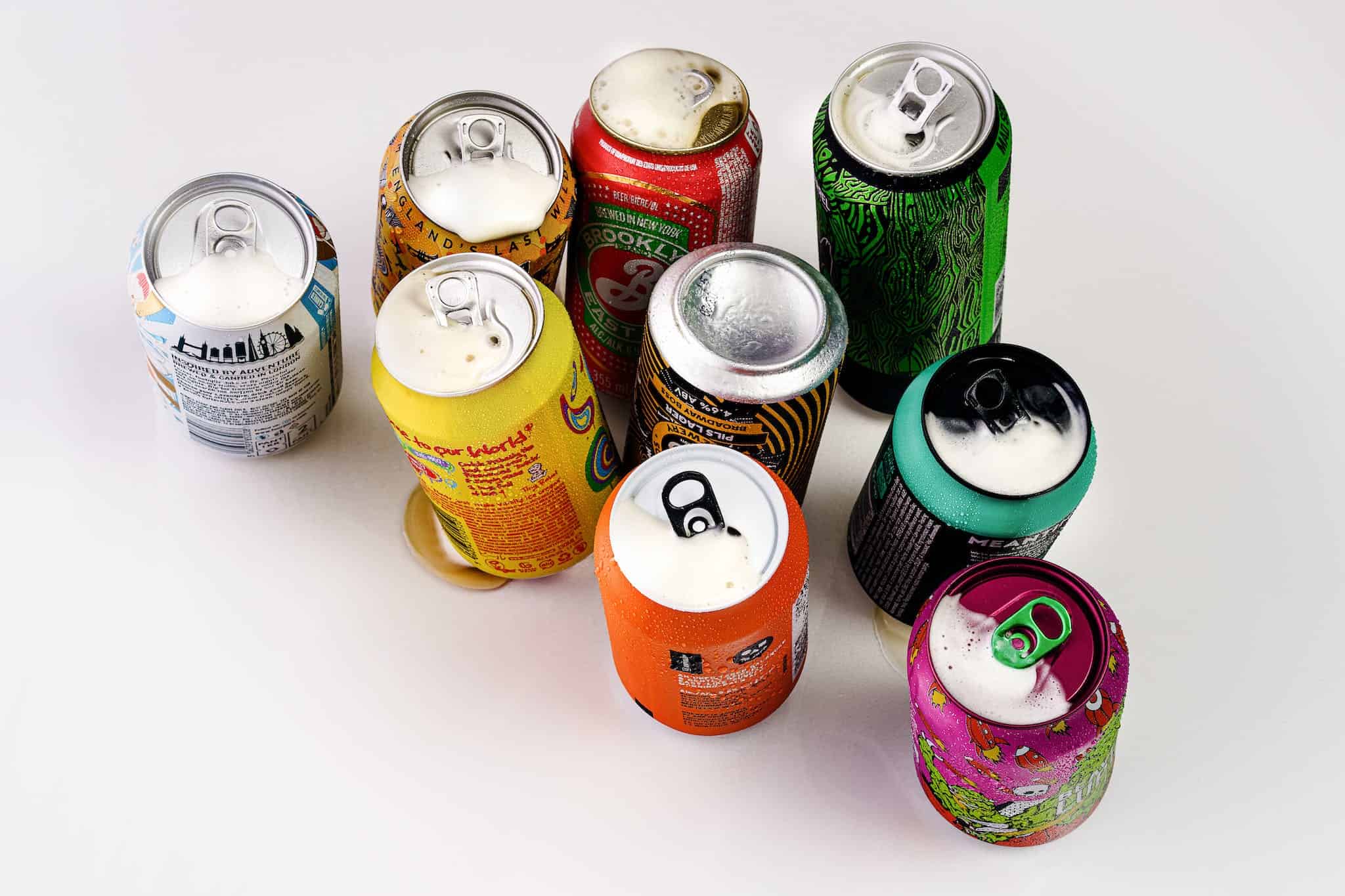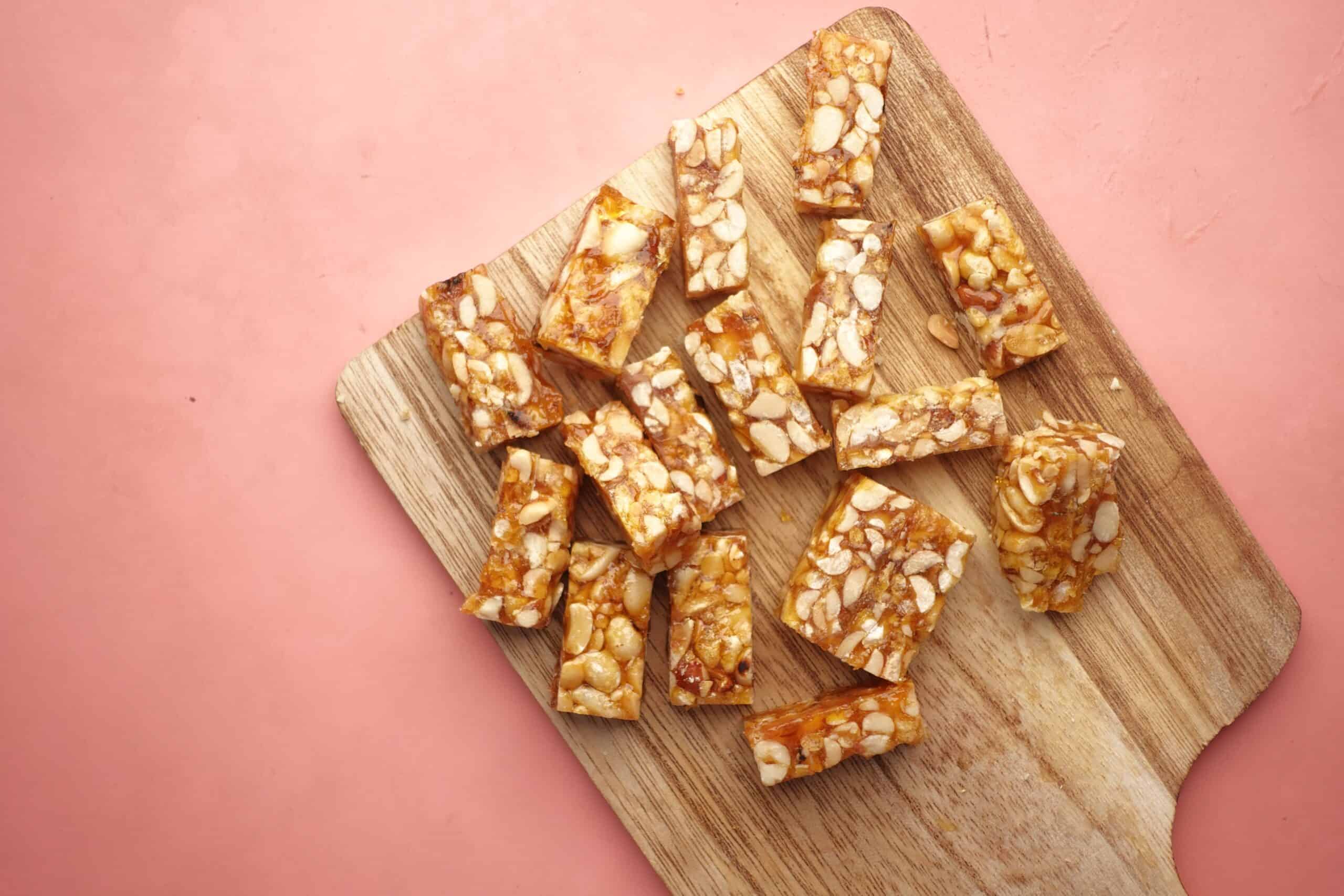All About Food Dyes
Can you believe the first food colorings came from coal tar? And today, they are made through a chemical process using petroleum (yikes!)
Although The Food and Drug Administration (FDA) has deemed artificial food dyes safe for consumption, they are not something I recommend as a dietitian.2
Small amounts have been deemed as safe. However, the over consumption and accumulation of various preservatives, environmental toxins, and additives (including food dyes) can lead to undesirable health effects. Although it is impossible to completely avoid all toxins, bringing awareness can help decrease consumption and intake and improve health outcomes in the longterm.
In some countries food dyes are banned, and others require warning labels.
In some countries food dyes are banned, and plant-based colorings are primarily used instead. For example, in the United Kingdom, Fanta orange soda gets its coloring from extracts of pumpkin and carrot. But, the United States uses Red 40 and Yellow 6 to color Fanta.4 In the EU, warning labels are required if foods or drinks contain certain artificial colors.
Let’s dive into the world of colorful food dyes, including what the research says, how they may affect you, and learn some healthier alternatives.2
The four most common food dyes are Red 40, Yellow 5, Yellow 6 and Blue 1.
Learn more below:
| Synthetic Food Dye | Other Names | Commonly Found in these foods | Where it’s banned |
|---|---|---|---|
| FD&C Red No. 40 | Red 40, Red 40 Lake, FD&C Red No. 40, FD&C Red No. 40 Aluminum Lake, Allura Red AC, CI Food Red 17, INS No. 129, E129 | Breakfast Cereals (i.e. Fruit Loops Fruity Pebbles, Cap ‘n crunch Berries), Sodas, Condiments, Pudding, Ice Cream, Sherbert, Baked Goods, Fruit Juices (i.e. Sunny D, Kool-Aid), Sports Drinks (i.e. Gatorade, Powerade) etc | Switzerland United Kingdom *Warning label required in the EU |
| FD&C Yellow No. 5 | FD&C yellow no. 5, tartrazine, E102 | Processed Pastries, Sodas, Kids Fruit Drinks, Candy (i.e. M&M’s, Starburst), Breakfast Cereals (i.e. Fruit Loops), Pre-packaged Pasta Mixes, Frozen Treats, Doritos, Kraft Mac N Cheese, , Applesauce etc. | Finland Norway *Warning label required in the EU |
| FD&C Yellow No. 6 | Sunset Yellow | Baked Goods, Candy (i.e. M&M’s, Starburst), Cake, Cereal, Chips (i.e. Doritos), Cookies, Gumballs, Jello, Nacho Cheese, Pudding, etc. | Finland *Warning label required in the EU |
| FD&C Blue No. 1 | Brilliant Blue | Cakes, Cupcakes, Sodas, Candy, Cereal, Ice Cream, Salad Dressing, Yogurts, etc. | *Warning label required in the EU |
As a dietitian, I recommend limiting or eliminating your consumption of food dyes.
One very common theme among different food dyes is they are found in more heavily processed and packaged foods and drinks.
More research needs to be done, but below are some potential negative effects of consuming artificial food dyes.
Linked to neurobehavioral issues such as ADHD
There are many studies that have shown a negative association with food colorings and ADHD, especially in children.
One 2022 review of 20 studies showed that the consumption of food colorings significantly increased ADHD symptoms in children.
Potentially harmful for the gut.
Your gut health is highly impacted by your diet. Although we need more research on humans in relation to food dyes and gut health, there are a few recent studies showing unfavorable effects in mice.
One study on mice showed a link between chronic exposure to Red 40 (called Allura Red AC in the study) and inflammation in the colon. Further, research in Cell Metabolism showed both yellow 6 and red 40 to induce colitis (inflammation in the colon) in mice.
May increase or cause allergies
Research has shown that food dyes can also cause various adverse food reactions especially when it is a foreign substance.
This can include allergic reactions of different altitudes of severity which can lead to anaphylactic shock. However, since food dyes are very common in the United States most people have been accustomed to them to where an allergy is seen less frequently.5
May disrupt the functioning of the immune system.
Food dyes can bind to body proteins and consequently cause an inflammatory cascade that can affect your immune responses. The immune system may identify food dyes as a “foreign invader” which triggers this immune response. And, this reaction can worsen an autoimmune response and may even trigger food sensitivities.
How to limit or avoid food dyes:
- Focus on a whole foods diet and limit your intake of processed, refined foods. Whole foods can be fresh fruit and vegetables, nuts, beans, fish, eggs, whole grains, meat, etc. 3
- Read labels. Awareness is key. You may not even realize some daily foods you consume have food dyes. For example, if you buy packaged salmon from the store, make sure it isn’t colored with red dye #40. This is commonly used to make the salmon look more appealing. Another example is Cheetos which has Yellow 6 in it. Look for potential food dyes on the ingredients lists.

- Color foods naturally. Look for plant based food colorings that are free from artificial dyes. One example is the brand Supernatural. You can also use colorful fruits, spices, and veggies to color food instead. Take a look at some options below:
- Strawberries (red)
- Carrot (orange)
- Turmeric (yellow)
- Spinach (green)
- Red Cabbage (blue)
- Blueberry (purple)
References:
- Olas B, Białecki J, Urbańska K, Bryś M. The Effects of Natural and Synthetic Blue Dyes on Human Health: A Review of Current Knowledge and Therapeutic Perspectives. Adv Nutr. 2021 Dec 1;12(6):2301-2311. doi: 10.1093/advances/nmab081. PMID: 34245145; PMCID: PMC8634323.
- Barrows, J. N., Lipman, A. L., & Bailey, C. J. (2017, November 3). Color Additives History. U.S. Food and Drug Administration. https://www.fda.gov/industry/color-additives/color-additives-history
- Health Essentials. (2023, April 6). Is Red Dye 40 safe?. Cleveland Clinic. https://health.clevelandclinic.org/red-dye-40/
- Potera C. The artificial food dye blues. Environ Health Perspect. 2010 Oct;118(10):A428. doi: 10.1289/ehp.118-a428. PMID: 20884387; PMCID: PMC2957945.
- Lis K, Bartuzi Z. Plant Food Dyes with Antioxidant Properties and Allergies-Friend or Enemy? Antioxidants (Basel). 2023 June 28;12(7):1357. doi: 10.3390/antiox12071357. PMID: 37507897; PMCID: PMC10376437.






